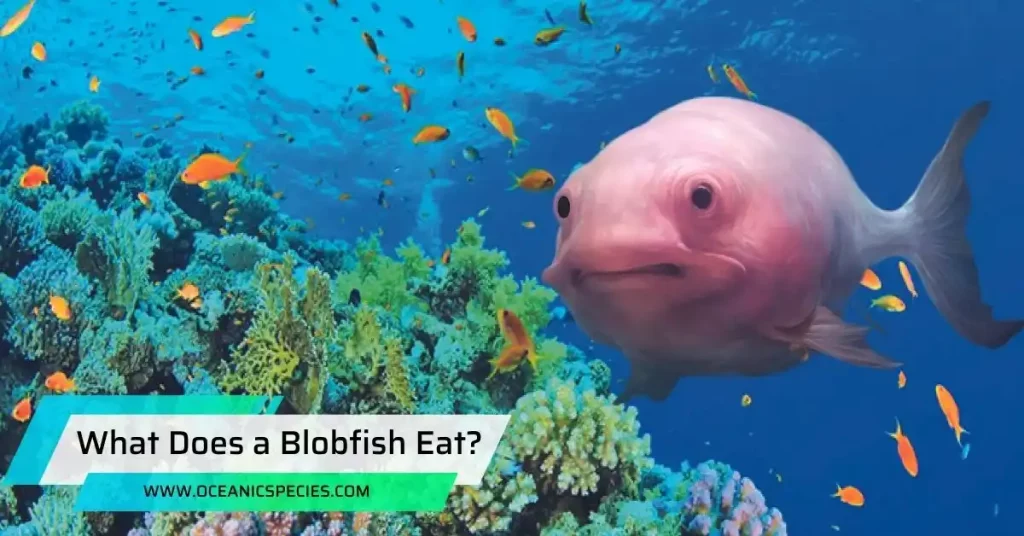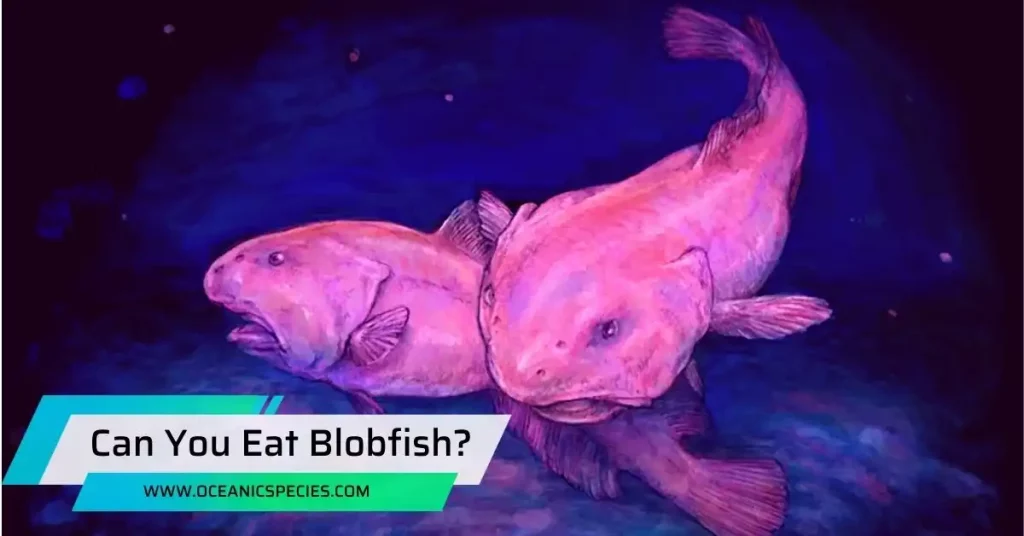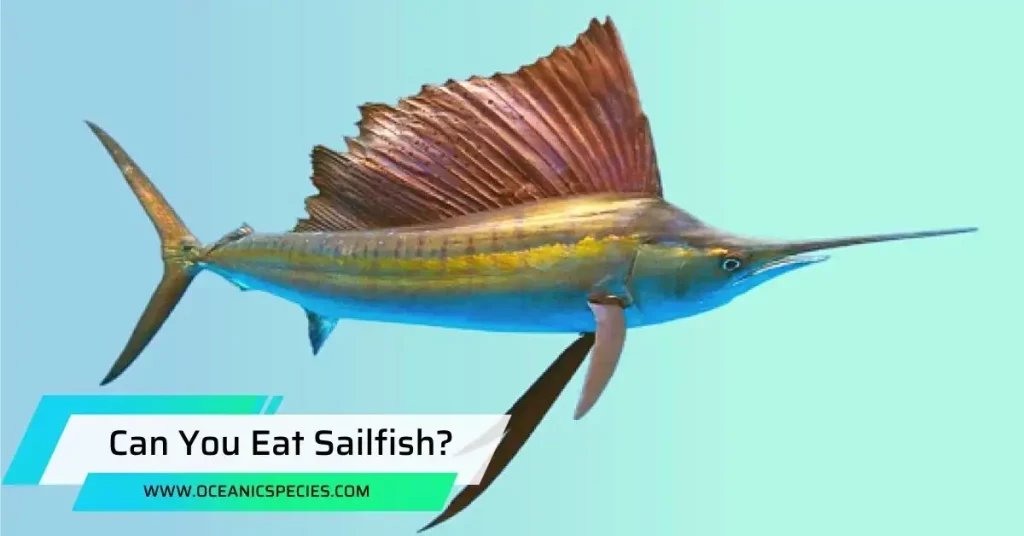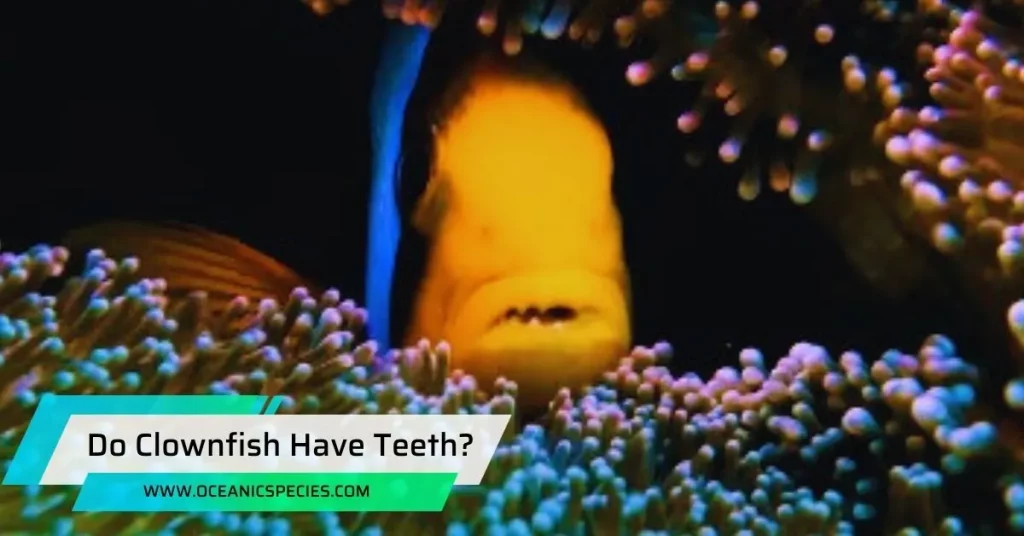The blobfish eats invertebrates like sea pens, crabs, mollusks, and sea urchins, as well as carrion that falls to the seafloor. They also consume garbage like plastics, which can be harmful to them.
Blobfish primarily live off carrion meat or debris in their environment. Although it is safe to eat blobfish, few people have tried it due to its unappealing appearance and texture.
Understanding The Feeding Habits Of The Blobfish
The blobfish, scientifically known as Psychrolutes marcidus, is an intriguing deep-sea fish that has gained substantial attention due to its unique appearance. While its appearance may lead some to believe that the blobfish is a lazy, gelatinous blob, it actually has a specific feeding behavior that allows it to survive in its habitat.
Introduction To The Blobfish
Before delving into the feeding habits of the blobfish, it is crucial to understand a few key facts about this fascinating creature. The blobfish is predominantly found in the deep waters off the coasts of Australia and New Zealand, residing at depths of around 2,000 to 4,000 feet.
Its amorphous appearance is a result of its body adapting to the pressure at these extreme depths.
Overview Of Blobfish Feeding Behavior
The feeding behavior of the blobfish is an interesting mix of being a scavenger and an opportunistic hunter. Here’s an overview of its feeding habits:
- Diet: Like many deep-sea fish, the blobfish primarily feeds on invertebrates and carrion that fall to the seafloor. Its diet consists of a variety of organisms, including sea pens, crabs, mollusks, and sea urchins.
- Garbage Consumption: Unfortunately, the blobfish also consumes garbage, such as plastics, which can prove fatal to them. These marine creatures mistakenly ingest plastic waste, leading to severe health complications and even death.
- Motionless Lifestyle: Due to its limited mobility, the blobfish capitalizes on food sources that are accessible within its reach. It waits patiently for food to descend to the seafloor or stumbles upon carrion that is available nearby, making the most of its environment.
- Adapted Mouth Size: The blobfish has a relatively large mouth that allows it to consume larger prey items. This adaptation enables it to eat relatively sizeable creatures compared to its own body size.
- Opportunistic Feeding: With limited food availability at such depths, the blobfish takes full advantage of any food sources it encounters. It seizes every hunting opportunity and scavenges for any edible matter that crosses its path.
Diet Of The Blobfish
The blobfish, like many deep-sea fish, feeds on invertebrates and carrion that falls to the seafloor. They can consume larger creatures such as sea pens, crabs, mollusks, and sea urchins, as well as garbage like plastics.
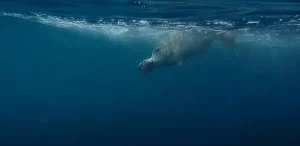
The blobfish, also known as Psychrolutes marcidus, has a varied diet consisting of invertebrates and carrion. Here’s a breakdown of what a blobfish eats:
Invertebrates As A Food Source:
- Sea Pens: Blobfish feed on sea pens, which are colonial marine animals resembling feathers. Sea pens are a common food source for blobfish due to their abundance in deep-sea environments.
- Crabs: Blobfish have large mouths that allow them to consume crabs. These crustaceans provide a good source of nutrients for the blobfish.
- Mollusks: Mollusks, such as snails and octopuses, are also on the menu for blobfish. They can easily capture and consume these soft-bodied creatures.
- Sea Urchins: Blobfish have been observed feeding on sea urchins. They are attracted to the spiky outer shells and can consume the soft parts inside.
Consumption Of Carrion:
Blobfish are opportunistic feeders and will consume carrion that falls to the seafloor. This includes the remains of dead marine animals, which provide an important source of sustenance for blobfish in their deep-sea habitat.
Impact Of Garbage And Plastics:
Unfortunately, as deep-sea dwellers, blobfish are also susceptible to ingesting garbage and plastics that end up in the ocean. Consumption of these non-biodegradable materials can have severe consequences, leading to injury or death for the blobfish.
Factors Influencing Blobfish Feeding
Blobfish feed on invertebrates, carrion, and occasionally garbage like plastics. They can consume sea pens, crabs, mollusks, sea urchins, and other larger creatures found on the seafloor.
Habitat and Availability of Prey:
Blobfish are primarily found in deep-sea habitats, where food sources may be scarce. Prey availability is influenced by factors such as water temperature, currents, and the presence of other marine organisms.
As their preferred prey includes invertebrates like sea pens, crabs, mollusks, and sea urchins, the abundance of these organisms in their habitat impacts the blobfish’s feeding opportunities. Additionally, the seafloor acts as a source of carrion, which is another important food source for the blobfish.
Adaptations for Feeding:
Blobfish have a large mouth that allows them to consume relatively bigger creatures. They have a flexible body structure that enables them to maneuver and capture prey efficiently.
Their gelatinous, blob-like appearance helps them conserve energy as they float close to the seafloor, waiting for potential prey to come within reach.
While blobfish do not have strong swimming abilities, they use the currents in their habitat to their advantage, relying on passive feeding strategies.
Feeding Strategies in the Deep Sea:
In the deep-sea environment, blobfish employ different feeding strategies to survive. They are opportunistic feeders, taking advantage of any available food source in their surroundings.
Blobfish scavenge for carrion that falls to the seafloor, consuming decaying organic matter and debris. Due to the lack of light in their habitat, they primarily rely on their sense of smell to locate and detect potential prey.
The slow metabolism of blobfish allows them to survive in low-nutrient environments, where food resources are limited.
Frequently Asked Questions
What Is Blobfish Favorite Food?
The blobfish’s favorite food is a diet of invertebrates such as sea pens, crabs, mollusks, and sea urchins. They also consume garbage like plastics.
Do Blobfish Eat Meat?
Blobfish are true generalists and will eat anything from carrion to crabs.
Can Humans Eat Blobfish?
Yes, humans can eat blobfish. It is safe to eat, as no one has gotten sick or died from consuming cooked blobfish.
What Do Blobfish Eat For Kids?
Blobfish eat a variety of invertebrates such as sea pens, crabs, mollusks, and sea urchins, along with carrion and garbage like plastics.
Conclusion
The blobfish has a diverse diet that includes both invertebrates and carrion. With their large mouths, they can consume creatures like sea pens, crabs, mollusks, and sea urchins. However, they also consume garbage like plastics, which poses a threat to their survival.
The blobfish is a true generalist, capable of eating anything from carrion to crabs in their habitat. While blobfish have been consumed by a few people, there have been no reported cases of sickness or death from eating these cooked fish.
So, it is safe to eat blobfish, although its ugly appearance and unappetizing texture may deter some individuals. Overall, the blobfish’s unique diet and its ability to adapt to its environment make it a fascinating deep-sea creature.

